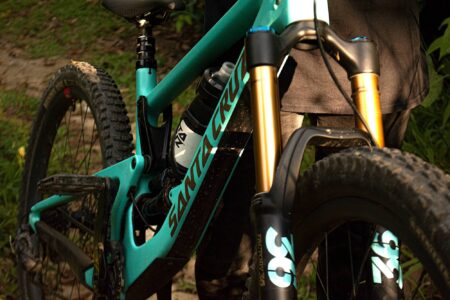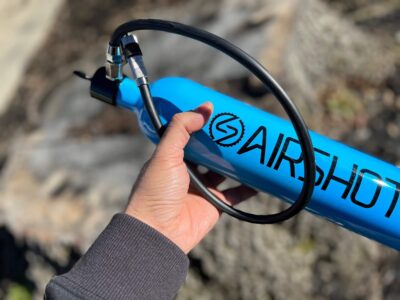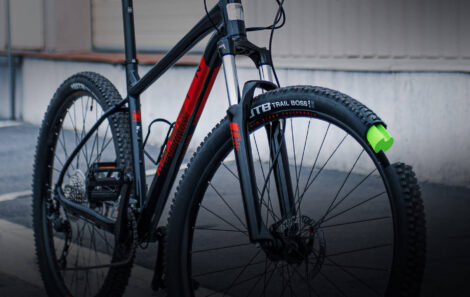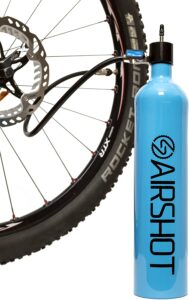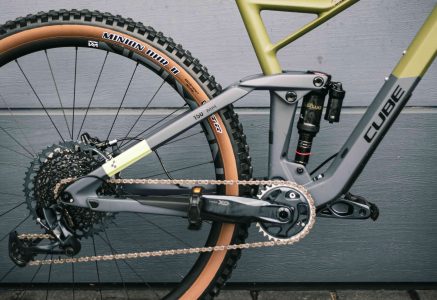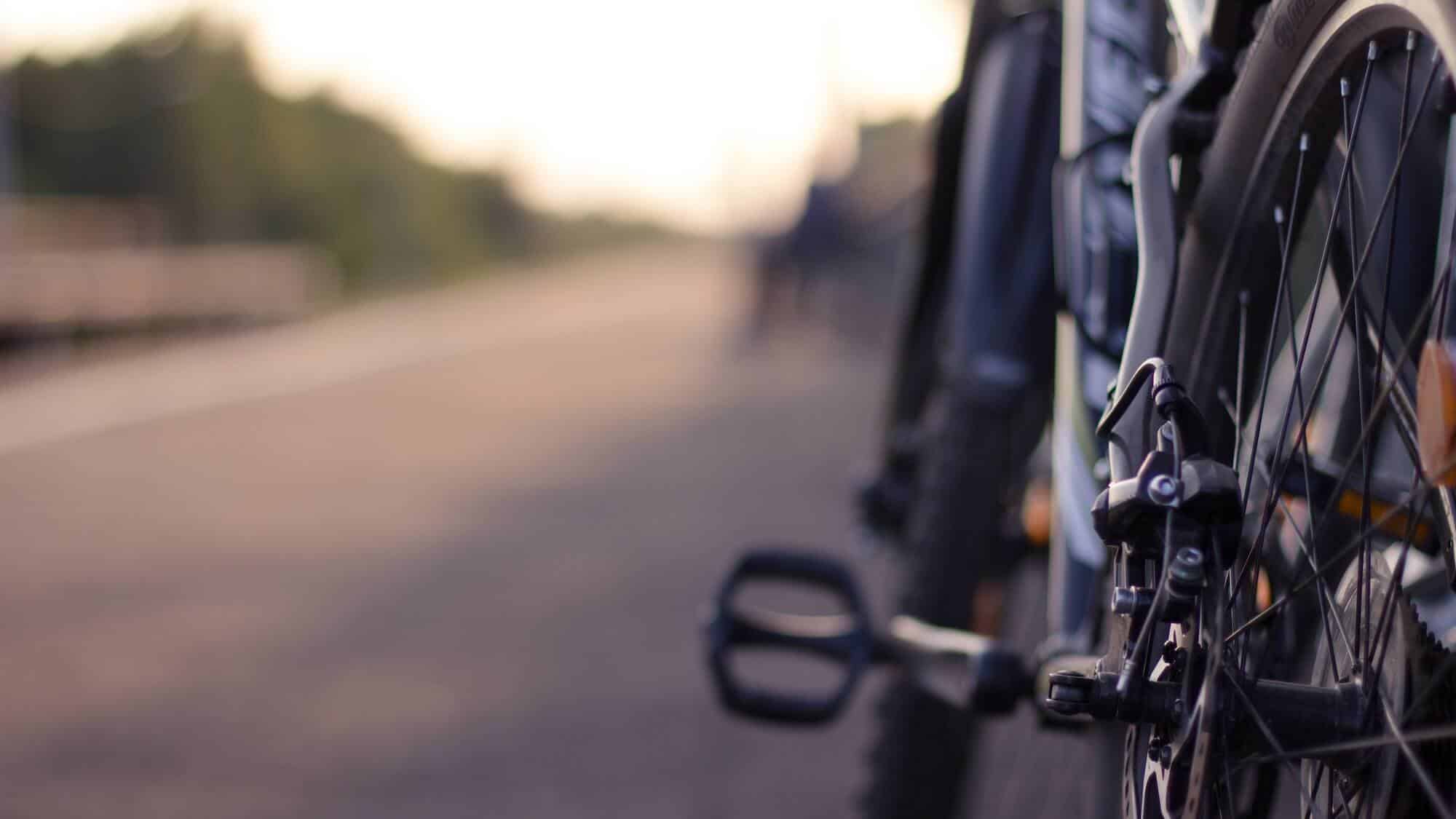
Photo by Asya Vee
Repairing and maintaining your mountain bike is a necessary evil. Just accept it. If you have a consistent riding schedule, chances are your bike will need constant mountain bike repairs and cleaning, especially if you ride through messier conditions.
As a prior roadie, I think I was most surprised by just how much more I would need to maintain and repair my mountain bike vs. my road bike. Road bike maintenance is generally a once-a-year deal with occasional trips if something strange breaks, like a derailleur hanger. So how do you choose between mountain bike repairs you do at home and what you let the shop handle, especially as someone that doesn’t love maintenance?
How much time you got, buddy?
The answer is really all about time and ease. It’s also about the tools you have. I recently decided to level up in my expertise by replacing a derailleur, shifting cable, and housing. The Drivetrain is an area that I generally let my bike shop handle since it seems like they can dial in the shifting way better than I.
But this time, I thought I could handle the repair with enough patience. After all, I only have one shifter, so I’d only need one cable and housing. Unfortunately, after about 15 minutes and popping the cap off my shifter, I realized I had made a bike mistake. A spring came firing out, and I knew I had done irreparable damage to my shifter. Now I couldn’t ride at all and would need to order a new part on top of the repair I had already planned on doing.
So what are the sorts of repairs you should be doing at home? And what should you leave for the shops?
Mountain bike repairs you can do at home
Anything tire or brake related is pretty easy to do at home as long as you have a bike stand and air compressor. Changing a flat, bleeding your brakes, replacing brake pads, or installing a tubeless tire and valve are repairs that are all pretty straightforward and have a pretty wide margin for error. Also, truing wheels is a relatively short process as long as you have spoke wrenches. You can true a wheel pretty quickly in a regular bike stand without getting a wheel truing stand.
Tubeless tires generally require an air compressor to inflate since you want the tire to bead up to the rim without leaking air quickly. Other decently easy repairs at home are the handlebars, grips, headsets, or stem adjustments. Once again, these parts of your bike aren’t super delicate, so if you want to replace some handlebars, grips, or even a stem, this would be a relatively simple thing to do with a set of hex wrenches.
Mountain bike repairs you should take to the shop
The two main areas where I would use the shop are the Drivetrain and especially suspension. Drivetrain parts are some of the most delicate on your bike and don’t only need to be installed; they need to be adjusted to make your bike quiet and smooth. A cassette or chain is the only drivetrain part that is decently easy to put on.
Derailleurs, cables, shifters, cranks, and bottom brackets are all better left to the pros if you are a novice bike mechanic more interested in riding than repairing. Suspension is another beast that most bike shops won’t even adjust. It is better to take your forks and shocks to the bike shop or even mail them off than to open these extremely delicate and expensive parts yourself.
Of course, when push comes to shove, I’d recommend at least trying some of the more complex repairs on your own. This is especially true if you are willing to buy the tools and don’t mind if something breaks. Many bike repair resources are available on Youtube (although some are really long and dreadful to watch), so bike maintenance is a much more accessible task than in years past. I would also recommend getting into bike maintenance if you’re young. You’ll probably get more than your fair share of free beers later in life for helping your friends out with even the most routine maintenance. Then again, if you’re like me and have young kids and extremely narrow riding windows, the best option is probably just to let the shop handle it.
Bike maintenance and repairs are not usually enjoyable to confront. But remember, the key is to be riding again. So whatever path you take to getting back on your rig, take it. Just know that almost nothing is ever straightforward, and repairs usually cost way more than you hoped they did.
Matthew Chisholm
Matt Chisholm is a data analyst and freelance writer who studies the environmental history of the Southern Smoky Mountain region of North Carolina. He was a contributor to Lost in Transition: Removing, Resettling, and Renewing Appalachia and the 2016 edition of the Journal of East Tennessee History, for which he won the 2017 McClung Award. When not writing, Matt enjoys road and mountain biking, hiking, trail running, and drinking beer around Concord, NC where he lives with his wife, daughter, and twin boys.
Get the email for busy mountain bikers.
Discover the best products + gear, and learn about deals from brands you love.


